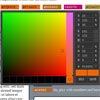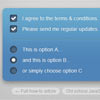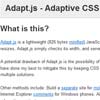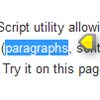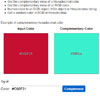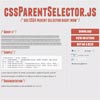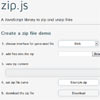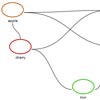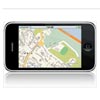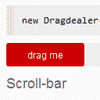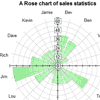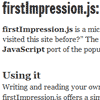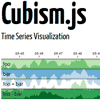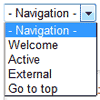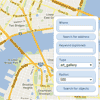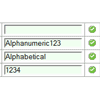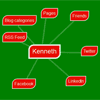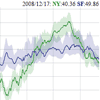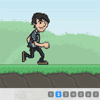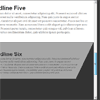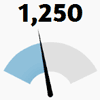#Pure JS One Page Scroll by Pete R. Pure JS One Page Scroll is a javascript version of One Page Scroll. The plugin will let you create an Apple-like one page scroll website (iPhone 5S website) without replying on jQuery.
Created by Pete R., Founder of BucketListly
License: Attribution-ShareAlike 4.0 International
Requirement
NONE! No more jQuery!
Demo
##Looking for jQuery version? jQuery Version
##Looking for Zepto JS version? Zepto Js Version
Compatibility
Modern browsers such as Chrome, Firefox, and Safari on both desktop and smartphones have been tested. Not tested on IE.
Basic Usage
One Page Scroll let you transform your website into a one page scroll website that allows users to scroll one page at a time. It is perfect for creating a website in which you want to present something to the viewers. For example, Apple's iPhone 5S website uses the same technique.
To add this to your website, simply include onepagescroll.js and onepage-scroll.css into your document's <head> and call the function as follows:
<body> ... <div class="main"> <section>...</section> <section>...</section> ... </div> ... </body>Container "Main" must be one level below the body tag in order to make it work full page. Now call the function to activate as follows:
onePageScroll(".main", { sectionContainer: "section", // sectionContainer accepts any kind of selector in case you don't want to use section easing: "ease", // Easing options accepts the CSS3 easing animation such "ease", "linear", "ease-in", // "ease-out", "ease-in-out", or even cubic bezier value such as "cubic-bezier(0.175, 0.885, 0.420, 1.310)" animationTime: 1000, // AnimationTime let you define how long each section takes to animate pagination: true, // You can either show or hide the pagination. Toggle true for show, false for hide. updateURL: false, // Toggle this true if you want the URL to be updated automatically when the user scroll to each page. beforeMove: function(index) {}, // This option accepts a callback function. The function will be called before the page moves. afterMove: function(index) {}, // This option accepts a callback function. The function will be called after the page moves. loop: false, // You can have the page loop back to the top/bottom when the user navigates at up/down on the first/last page. keyboard: true, // You can activate the keyboard controls responsiveFallback: false // You can fallback to normal page scroll by defining the width of the browser in which // you want the responsive fallback to be triggered. For example, set this to 600 and whenever // the browser's width is less than 600, the fallback will kick in. });And that's it. Now, your website should work the same way Apple's iPhone 5S website does. You should be able to swipe up/down as well (thanks to Eike Send for his swipe events!) when viewing your website on mobile phones.
Public Methods
You can also trigger page move programmatically as well:
moveUp(".main")
This method allows you to move the page up by one. This action is equivalent to scrolling up/swiping down.
moveUp(".main");moveDown(".main")
This method allows you to move the page down by one. This action is equivalent to scrolling down/swiping up.
moveDown(".main");moveTo(".main", page_index)
This method allows you to move to the specified page index programatically.
moveTo(".main", 3);Callbacks
You can use callbacks to perform actions before or after the page move.
beforeMove(next_page_index, next_section_element)
This callback gets called before the plugin performs its move.
onePageScroll(".main", { beforeMove: function(index, next_el) { ... } });afterMove(next_page_index, next_section_element)
This callback gets called after the move animation was performed.
onePageScroll(".main", { afterMove: function(index, next_el) { ... } });If you want to see more of my plugins, visit The Pete Design, or follow me on Twitter and Github.



